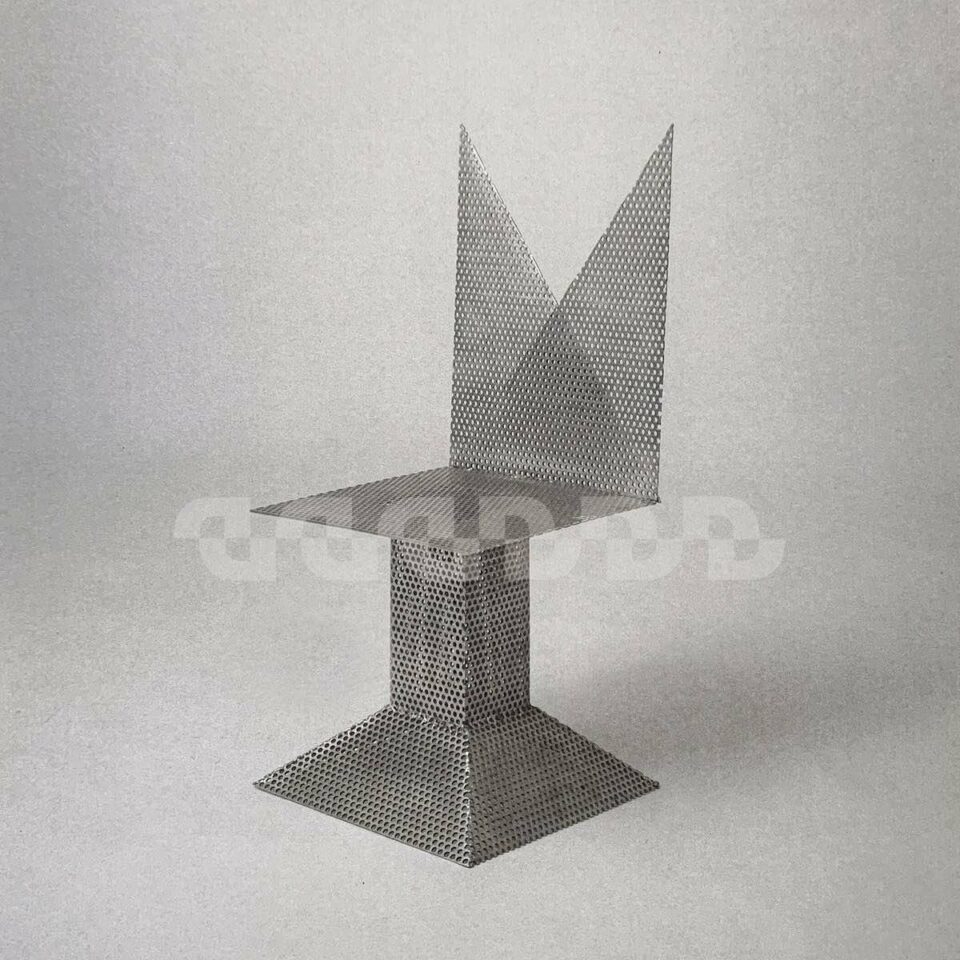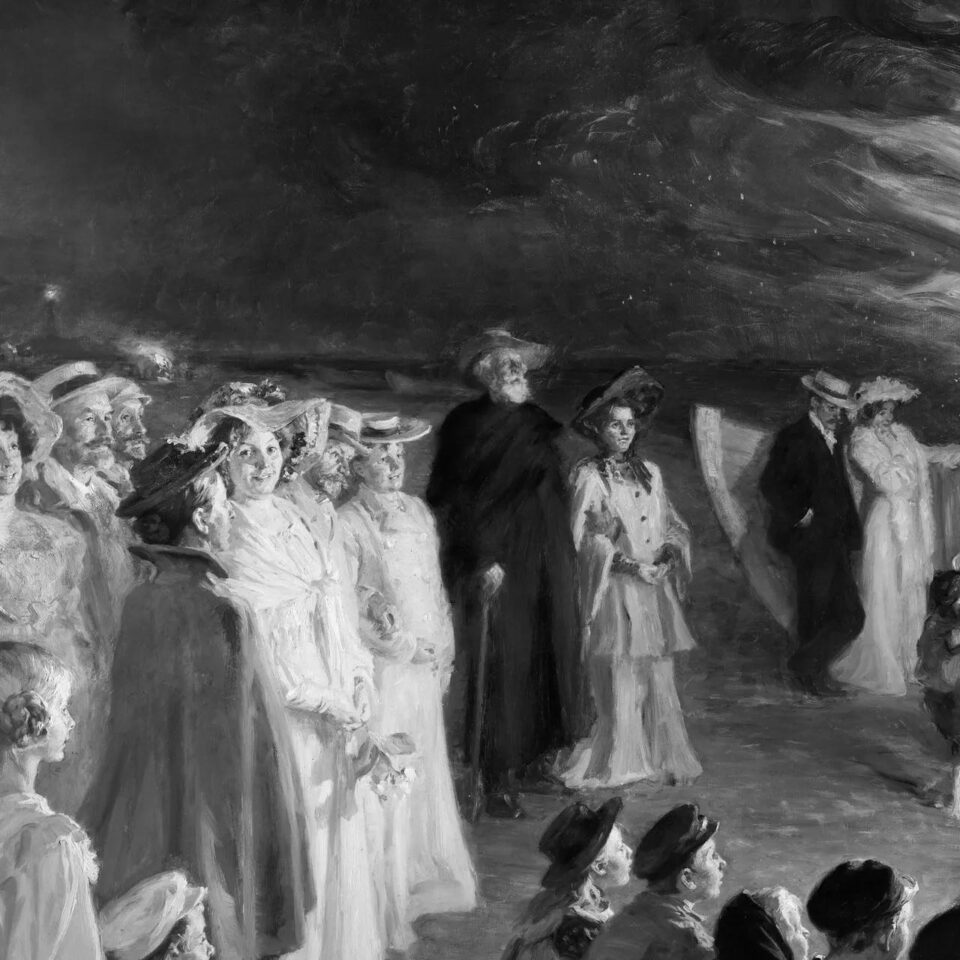“I hope that the listener can experience this project as one might a movie—the album has various moods,” says Jean-Michel Jarre, the man who first brought surreal electronic music to the wider world with the smash global album Oxygène and its bubbly hit, “Oxygène Part IV.”
Creating the sequel to one of his other best-selling albums, Équinoxe, was no easy task, but Jarre insists that his latest release is no sequel. Mirroring the ominous “Watchers” staring at you from some dystopian delta featured on the cover of its predecessor, Equinoxe Infinity evokes a similar energy. It begins ominously, shares moments of happiness and dread, then drifts away without resolution. Yet as with 1978’s Équinoxe—and the obvious sonic similarities—Equinoxe Infinity is a bubbly, air-filled, and water-cooled journey created from analog synthesizers old and new, both vintage and contemporary.
While other electronic artists and DJs chase the beat of the moment, Jarre is remarkable for his consistency. His music bears his evolutionary stamp, from the previously mentioned 1970s classics to his mid-career projects Interior Music and Sessions 2000, to more recent collaborative works, Electronica 1: The Time Machine and Electronica 2: The Heart of Noise, which featured everyone from John Carpenter to Julia Holter. Jean-Michel Jarre remains forever animated.
What’s the theme behind Equinoxe Infinity? The parallels with your earlier music are obvious.
For the first time I began with the visuals, which are taken from the first Équinoxe album, the iconic cover created by the great French artist Michel Granger—these beings he created. We asked, “What happened to these creatures, and what would happen to them in the future?” The project is coming from these creatures, these “Watchers.” I asked a young artist I found on Instagram, “Could you conceive two different covers, one symbolizing a rather peaceful green future and the other one being more dystopian?” I found it quite interesting to build that scenario and make the album its soundtrack.
The album begins ominously; the initial notes are very foreboding, then the mood becomes lighter and flowy.
I wanted to create a statement about the environment and the importance of nature in our world, being convinced that we could only survive in the 20th century if we are able to develop our lives in good intelligence and good faith, both with the environment and new technology. Those two factors are much more interdependent than we think. I tried to convey this with all the natural sounds. In the first album I sampled sounds from natural elements. I recreated that with computers and synthesizers, that idea of using machines to recreate nature.
“Robots Don’t Cry” features a friendly sound, the Mellotron.
I should have called it “Robots Don’t Cry, So Far.” The Mellotron is the first electrical mechanical instrument. I love thinking that one day I could have nostalgia for this technological device from the ’60s, having its melancholic sound for the first time being the lead melody. I use this retro-futuristic sound to symbolize that in the future robots could be nostalgic for the first elements of technology that they have in themselves.

courtesy of Jean-Michel Jarre
“If the Wind Could Speak” has this odd, cut-up child’s voice. It’s very catchy but also spooky.
I wanted to create what could be the voice of A.I., so I started with a children’s sound. I processed it through the GR-1 granular synthesizer to give it a surreal and technological aspect. I intentionally made it short. On the first Équinoxe album there was a marching band going from one side to the other, like in a Fellini movie. So the child’s voice is a link with that moment on the first album, today’s equivalent of A.I., and having this strange entity singing.
“Infinity” is bouncy, bubbly, and blatantly happy.
This album was conceived as a soundtrack for both dark and bright futures. This one is a happy moment, a sunny side of the future. The whole idea is coming from dark moments to more positive moments.
“I use this retro-futuristic sound to symbolize that in the future robots could be nostalgic for the first elements of technology that they have in themselves.”
You’re creating two possible realities.
Yes, so you can create your own scenario, your own story in your own mind. It’s up to the listener to decide what it’s all about. When you order the album, you don’t know which cover art you will be able to receive—“Watchers in nature” or “Watchers in a dystopian world.”
At the album’s twenty-seven–minute mark, there’s a big beat tune. And the album ends almost as if it’s not over; it’s up in the air and uncertain.
Yes. It’s like a question mark. I love that I am answering questions directly about the songs. But I know exactly what you’re talking about. The first part is quite epic, that is “The Opening.” Then “Don’t Look Back,” and “Equinoxe Infinity.”
So ultimately it’s the triumph of good A.I.?
“The Opening” has a backstory. I was composing this nice tune just before Coachella earlier this year. I couldn’t say that it was part of this album, but I thought it was an ideal opening for Coachella. So I called it “Coachella Opening,” and it was not going to be on the album. The idea of “The Opening” is the rise of machines, in a positive way. The moment where you go from the old world to the new world in a positive way. “Don’t Look Back” is actually saying don’t be trapped by nostalgia, but carry all your past with you. FL









